SUMMARY
This is AI generated summarization, which may have errors. For context, always refer to the full article.
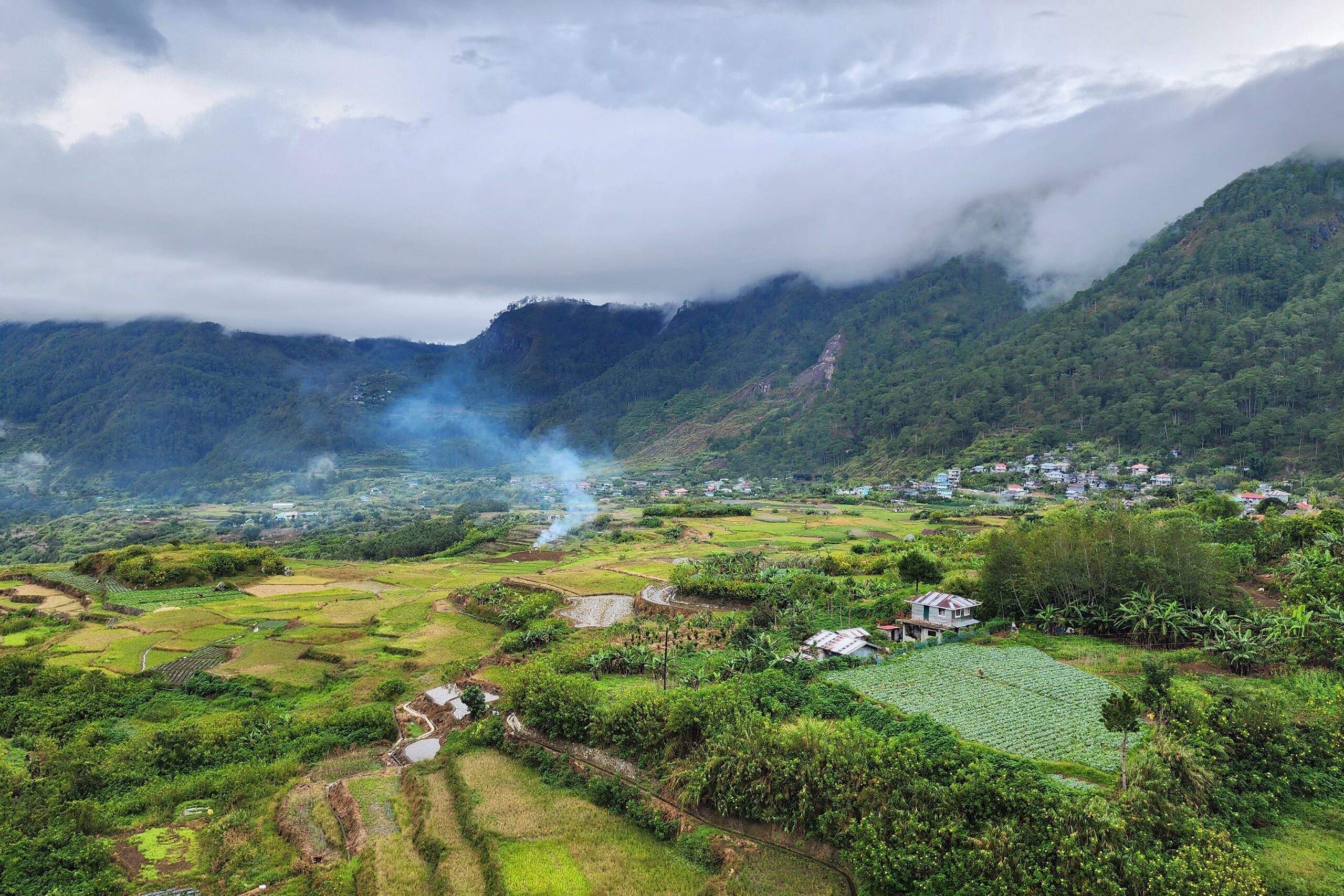
MOUNTAIN PROVINCE, Philippines – When COVID-19 paralyzed Sagada’s tourism economic engine, many tour guides and entrepreneurs returned to their roots – cultivating the land, tending to livestock and fishponds.
As this 5th class town in Mountain Province struggles to rebuild its economy, the pandemic exodus has presented Sagada with new marketing prospects in the growth areas of “ecotourism and agrotourism.”
“Before, many farms were idle, but during the pandemic, almost 90% of the farms were cultivated,” Senior Tourism Officer Marites Abad told Rappler.
Of the 219 registered tour guides in 2019, only 131 remained in 2022.
“When we made the rounds as we were trying to (re)start tourism, we told [those who returned to farming] to stay there. We will make a package that they will be part of the tour and be the guide for their farms and fishponds,” she said.
This shift provides an opportunity for the promotion of new destinations while striking a balance between the economic and social needs of the municipality.
The long break on tourist arrivals also “allowed nature to heal.”
“When we went into the caves (Sumaguing and Balangagan) after almost two years of being closed, we felt the renewed energy inside; it was young and vibrant,” Abad shared.
Conservation efforts
Sagada’s “sustainable tourism” framework started to bear fruit in 2020. The plan, crafted and launched the year before, aimed to increase the local revenue from the industry while ensuring environmental conservation and respect of the local culture.
In 2019 alone, the town’s tourism sector collected P13.98 million in total local revenues. Tourist registration fees accounted for P9.02 million or 65% of the total collection – P1.34 million higher than 2018.
There were 173 registered inns, hotels, and 219 guides during the period, raising at least P238,700 additional revenue for the renewal of the mayor’s permit to engage in business.
Aside from the jobs and revenue, the municipal government was also making strides in managing vehicular and human traffic, implementing the “park and walk” policy and limiting visitors to tourist sites.
Then in March 2020, COVID-19 hit the country. The government imposed travel restrictions to curb the spread of the deadly virus. Borders were close and tourism ceased, forcing the town’s economy to a standstill.
Lockdown realizations
Sagada Inn Keepers and Homestay Owners Association (SIHA) president Gwen Gaongen said that for local tourism entrepreneurs, “the pandemic gave time to solidify which direction to go.”
She recalled the unprecedented human and vehicular traffic jam in 2018, during the long weekend that started on November 30, a Friday.
Video and photos of the road debacle to Lake Danum and the overflowing crowd at Marlboro Hill went viral, triggering calls for stronger tourism regulations in the mountain getaway.
The struggles of locals with the “fast and furious” kind of tourism and the challenges during the lockdown brought the community closer together.
“We started getting together, which developed into the Green Economist, a group of local entrepreneurs, and came up with different activities to keep our sanity [during the lockdown] and developed other sources of livelihood,” the SIHA president said.
They asked the Pitak Project for training on organic soap making to encourage inns and homestays to produce their needs or buy from within the community.
The group also organized workshops on organic agriculture and tour guiding. One of the homestay owners also decided to convert their inn into a technical-vocational school in partnership with TESDA to provide skills training like baking and driving.
Gaongen said the pandemic made residents, especially business owners, realize that “in developing enterprises, we must keep the environment in mind…and [have] more respect where the food comes from.”
“Tourism is a luxury, not for all, and when a crisis comes like the pandemic where even those who have money cannot travel, we are left with nothing,” she pointed out. “We cannot depend on tourism alone.”
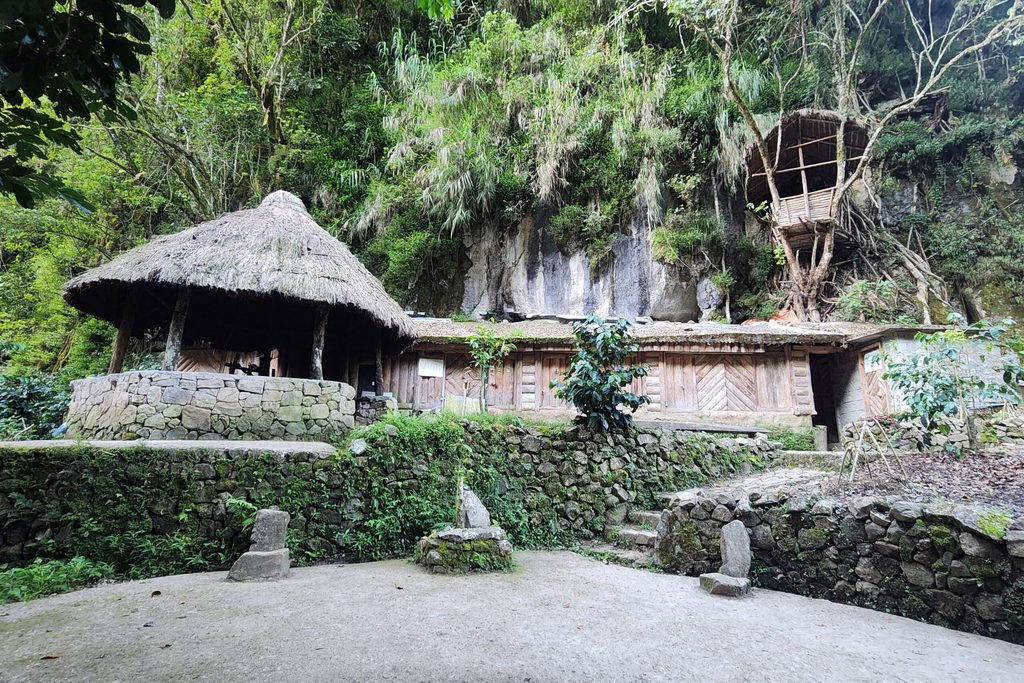
Advances and challenges
As Sagada slowly draws visitors to its misty landscape once again, the town has also finalized the revision of its Tourism Code and approved a Comprehensive Land Use Plan, which includes guidelines on new structures.
“We are in the process of integrating green architecture into our tourism-related infrastructure projects. New structures are also required not to go beyond four stories,” Abad said.
However, she admitted that the mushrooming of buildings that do not blend with the landscape remains a problem.
Besides the “no guide, no tour policy,” the town strictly implements the “park and walk” scheme. Town center tours, which include the Echo Valley, Sagada Weaving, and Ganduyan Museum, are all walking tours, making traffic more manageable.
There are also designated local shuttle pickup and dropping areas for sites like Bomod-ok Falls and the Marlboro Hill-Blue Soil trek.
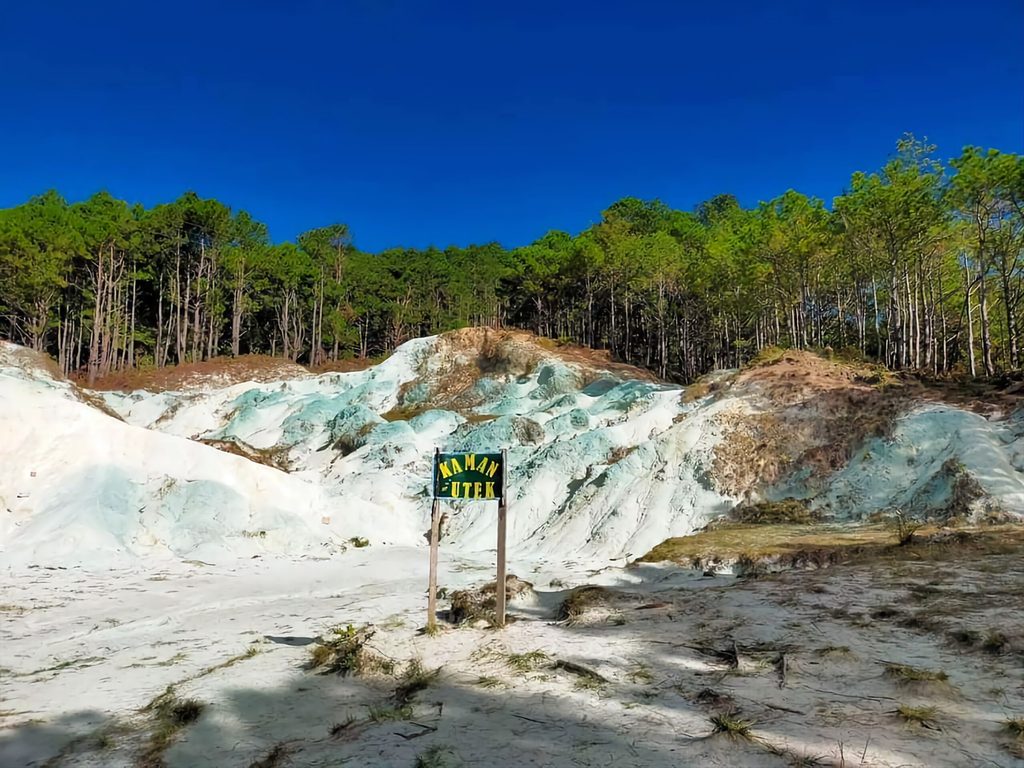
The LGU is also planning to adjust during the lean months to allow guests to use their vehicles in selected sites.
Visitor limits set at a given time for Sumaguing Cave (300 persons) and Marlboro Hills (800 persons), which the guides recommended, are also religiously observed.
“In terms of site management, all the guides and other stakeholders…are cooperative, especially in ensuring cleanliness. Our main problem at the moment is the management of the collected garbage,” Abad said.
The town has also recently rolled out two important measures: standard rates and occupancy limits for various destinations and activities.
In November, the local government passed an ordinance providing optional insurance protection coverage for tourists. The insurance covers accidental death/disablement, unprovoked murder and assault, accident medical reimbursement, accident burial reimbursement, and medical evacuation.
Tough decisions
Abad said the pandemic was a “turning point to realize to look seriously into taking steps and looking into the mindset of the community and those in the LGU.”
According to her, town officials take steps to involve the community in making decisions.
“We need to jive on the meaning of sustainability in terms of the economy, the environment, and our culture. We still need to find a [common] ground,” Abad added.
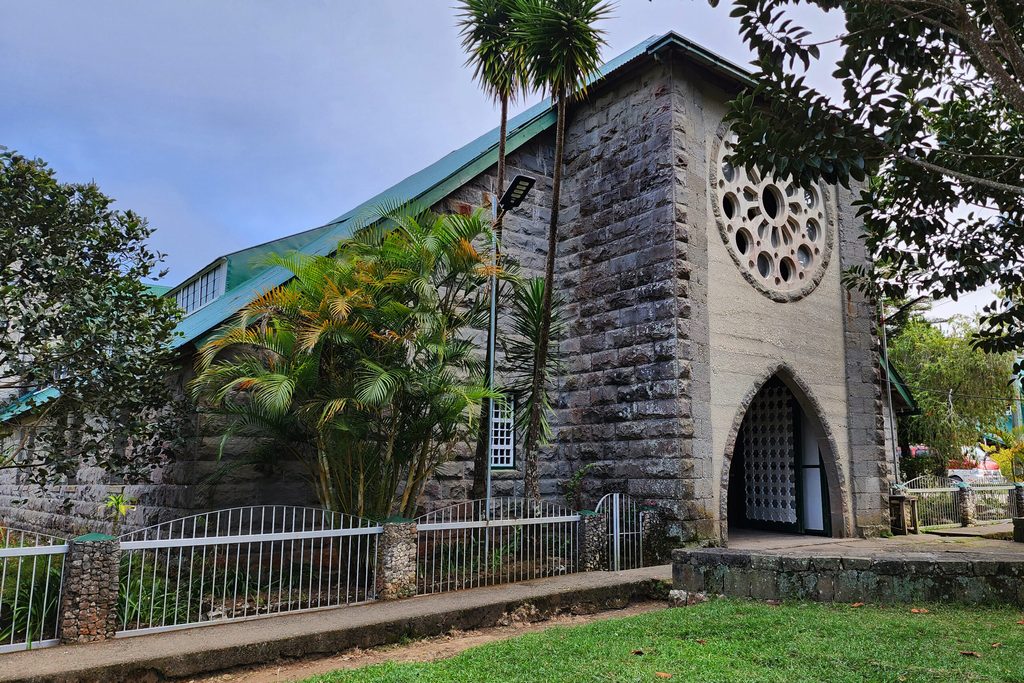
While Gaongen recognized the improvements in tourism policies and their implementation, she believes the LGU could have done more to look into the problems and solutions.
“The LGU might disagree with me, but I think that is something that we lost. It would have been a great time to think about our direction. In the past two years, we could have done more, but the easiest excuse is that we were not allowed to have social gatherings,” she said.
But she also acknowledges the difficult balancing act the officials and other stakeholders, like herself, must make.
“It is hard to make a decision that would limit tourist arrivals because we, the people, need to earn, and the government cannot provide that, not even easy access to loans,” she said.
“If only the government provides sufficient financial support [to those affected], it would be easier to decide for the right direction, but since it is also a gut issue, it is hard,” Gaongen added. – Rappler.com
Add a comment
How does this make you feel?
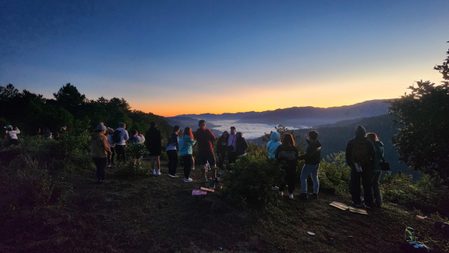
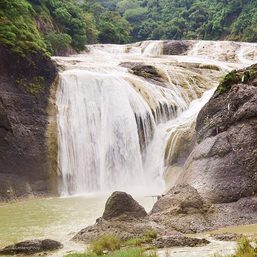
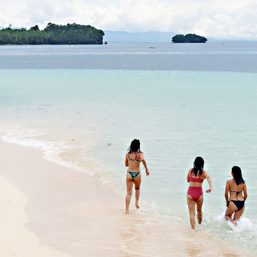
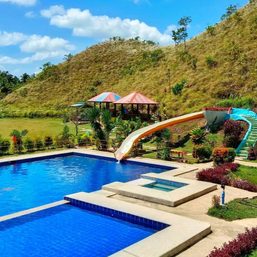
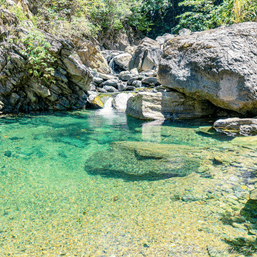
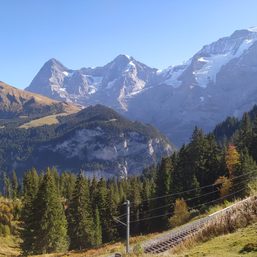
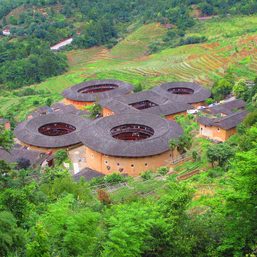
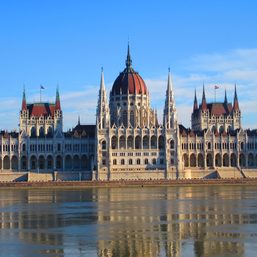
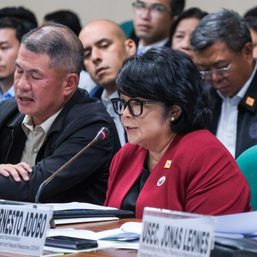
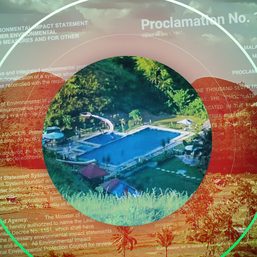
There are no comments yet. Add your comment to start the conversation.